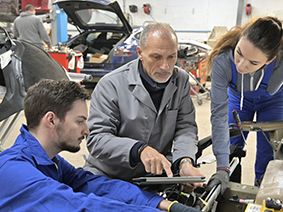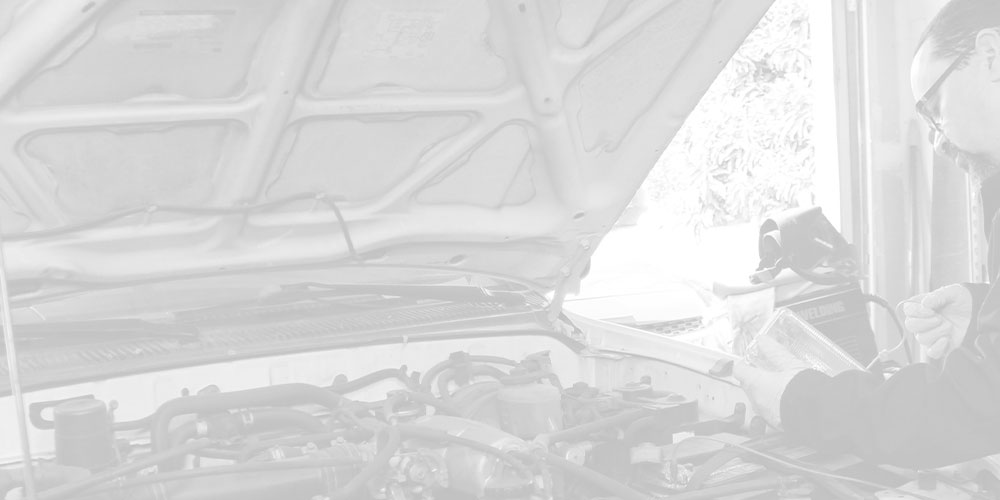One Friday, I stopped into a friend's shop to discuss going over to Serino’s Deli® for lunch. Instead, Mike drags me into the shop. I was hungry and I'm thinking this better be some exotic car if Mike is jeopardizing our ability to get a table at the deli.
The car is a 2009 Chevrolet® Malibu®. Not exactly exotic. Mike tells me, "The front fender was damaged and no one was in the car." The problem is that the air bag light is coming on intermittently. Mike has already spent four hours diagnosing the issue and they can't deliver the car with the light on. Did I mention it was Friday?
Our lunch plans were now in serious jeopardy.
Radar – really? If you haven’t seen it in a crunched car yet, you are probably overdue. Vehicles utilizing this technology invented for ships and planes are now rolling (or being towed) into shops as a result of collisions. To repair these vehicles efficiently and profitably, you need to understand the specific nuances of each manufacturers’ advanced systems for collision avoidance, adaptive cruise control and parking assist.
As with any new system that proves successful, radar technology is sure to become widespread throughout the industry. The safety and convenience factors are simply too great. The National Transportation Safety Board already recommends that all new cars include collision avoidance and adaptive cruise control systems.
A new car is in the shop, and the front end looks like it ran into a tree. Turns out it did! So what's it going to take to get it back on the road? Well, it starts with you, the estimator. As an estimator, you need experience, good judgment, diplomatic skills and accurate information.
As far as experience, judgment and diplomacy go, you either have them or you don't. We can't really help you there. But when it comes to information, that's a different story. Today, every model year brings innovations: materials technology, electronic systems, finishes, vehicle drivetrains, steering and suspension, etc.
In Part 1 of this Tech Tip, we discussed how accurate and timely OE collision repair information can help production managers:
- Improve vehicle throughput to ensure on-time vehicle delivery.
- Accelerate technician efficiencies and production.
- Reduce outsourcing of repairs.
- Simplify repairs on complex, technically challenging vehicles.










